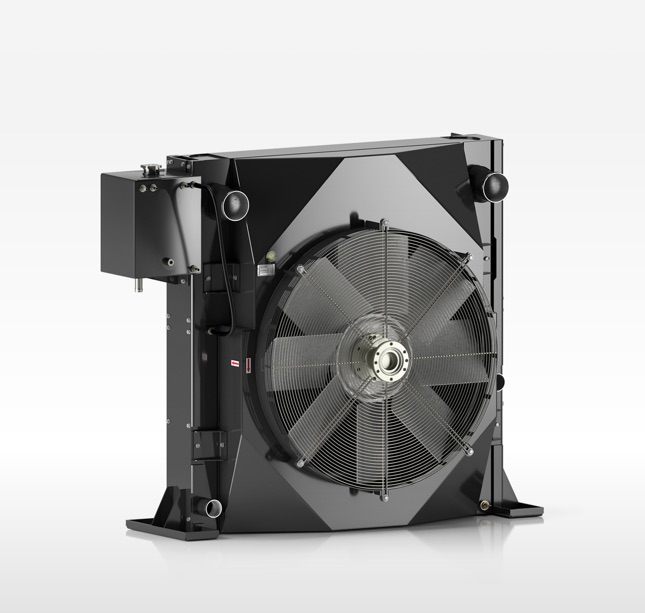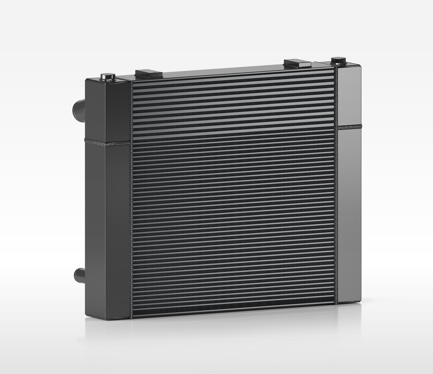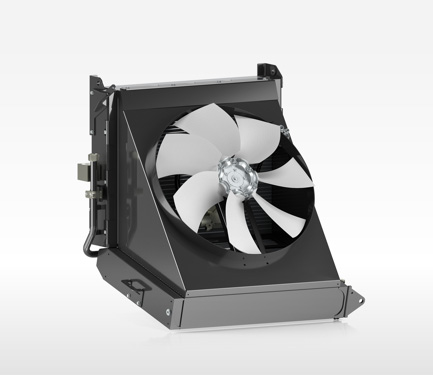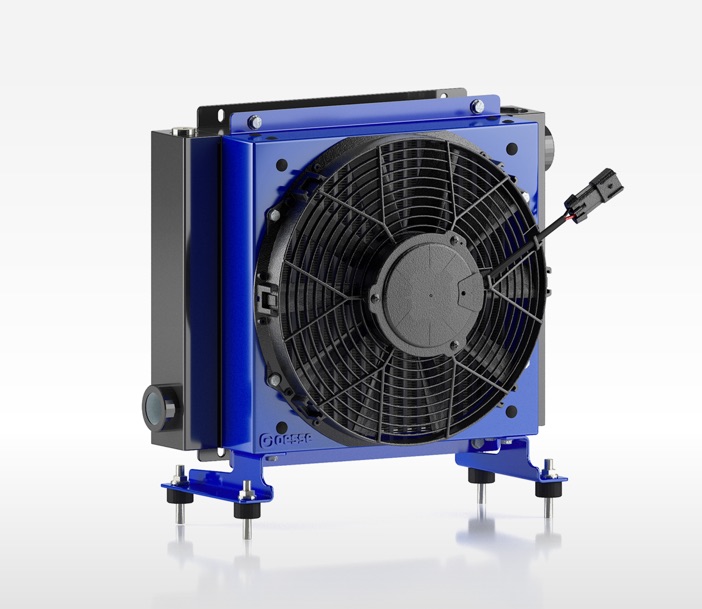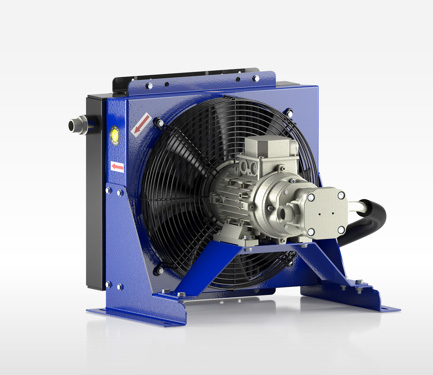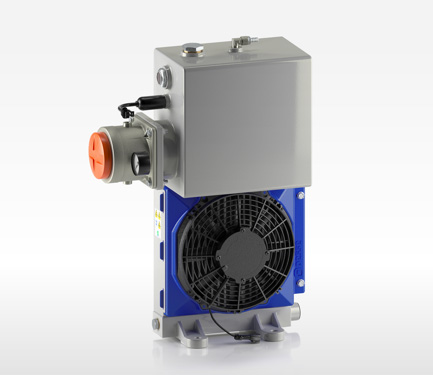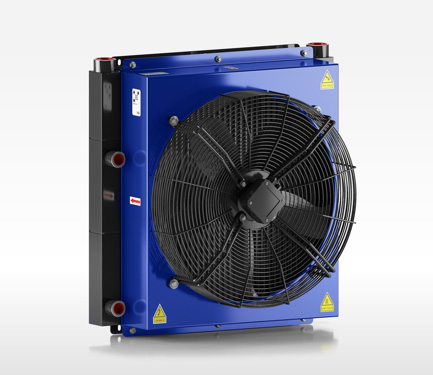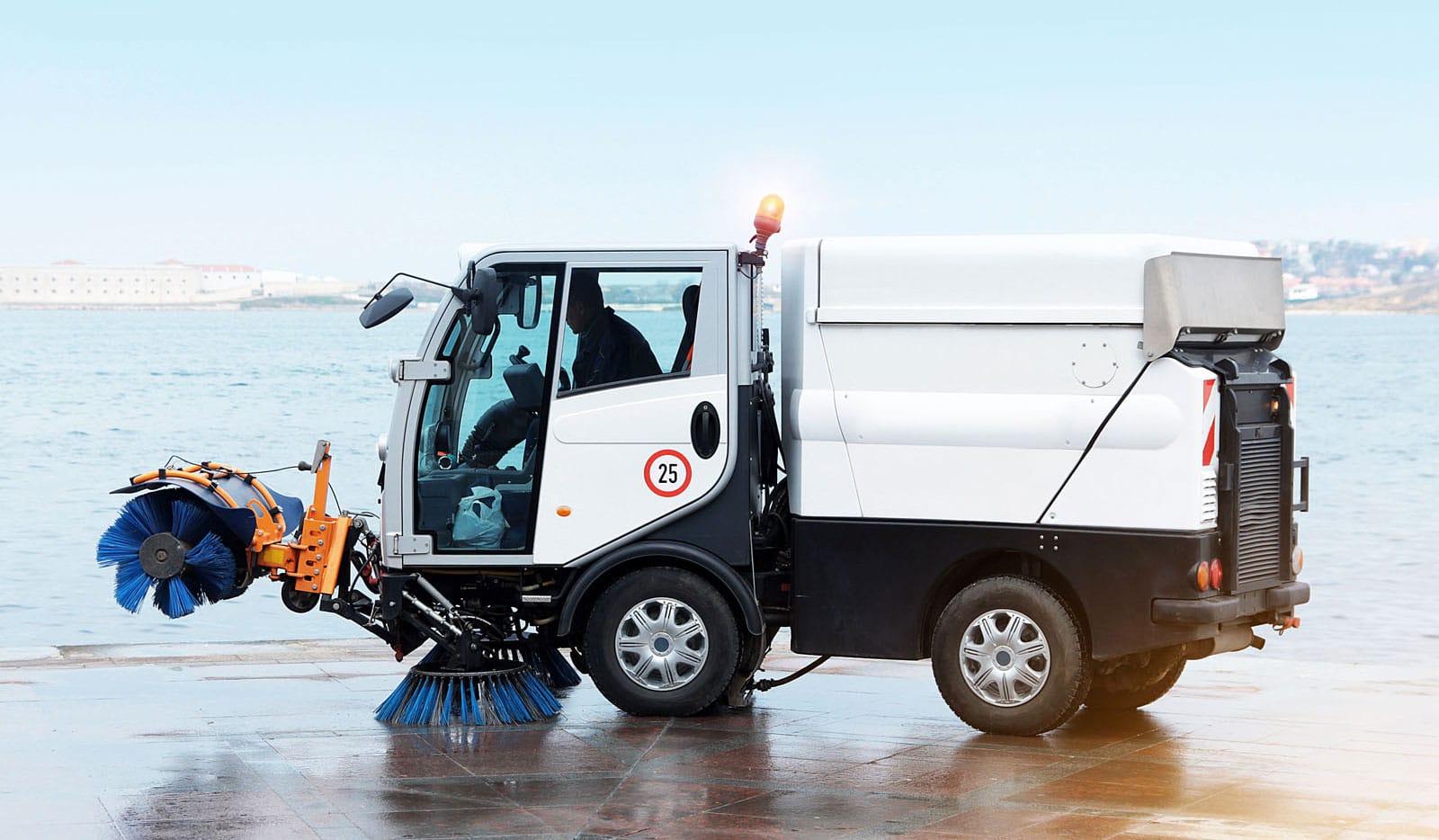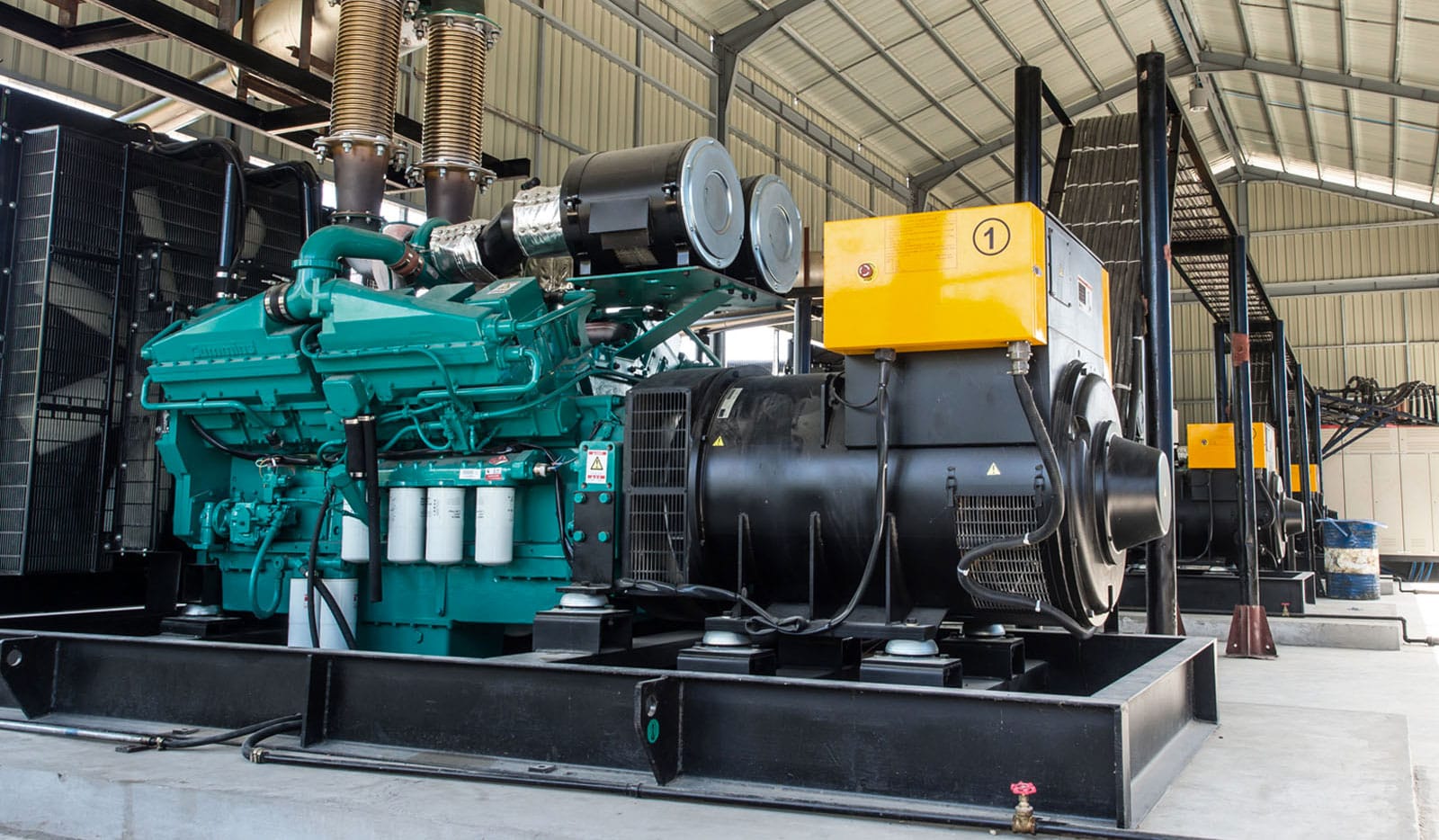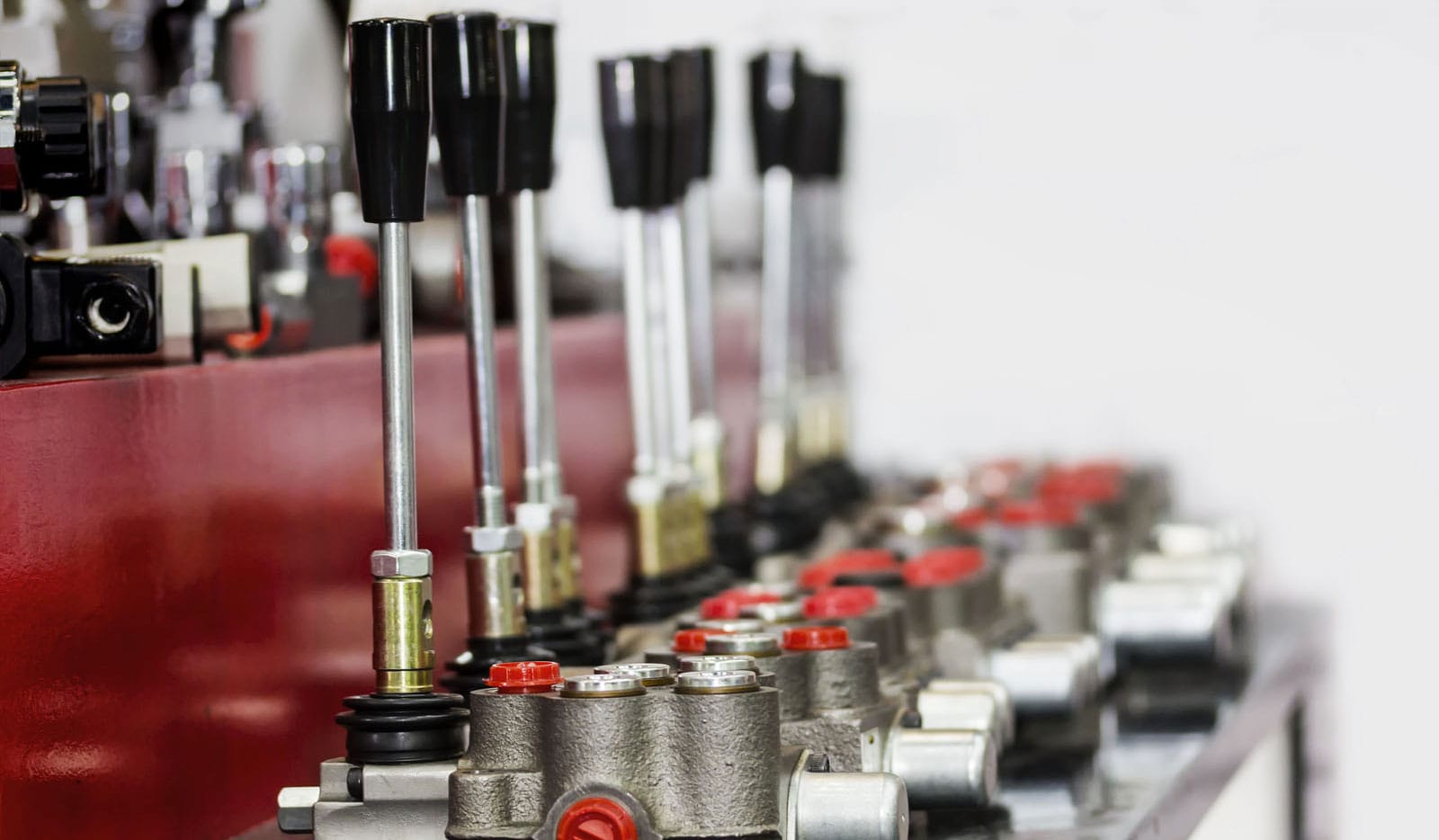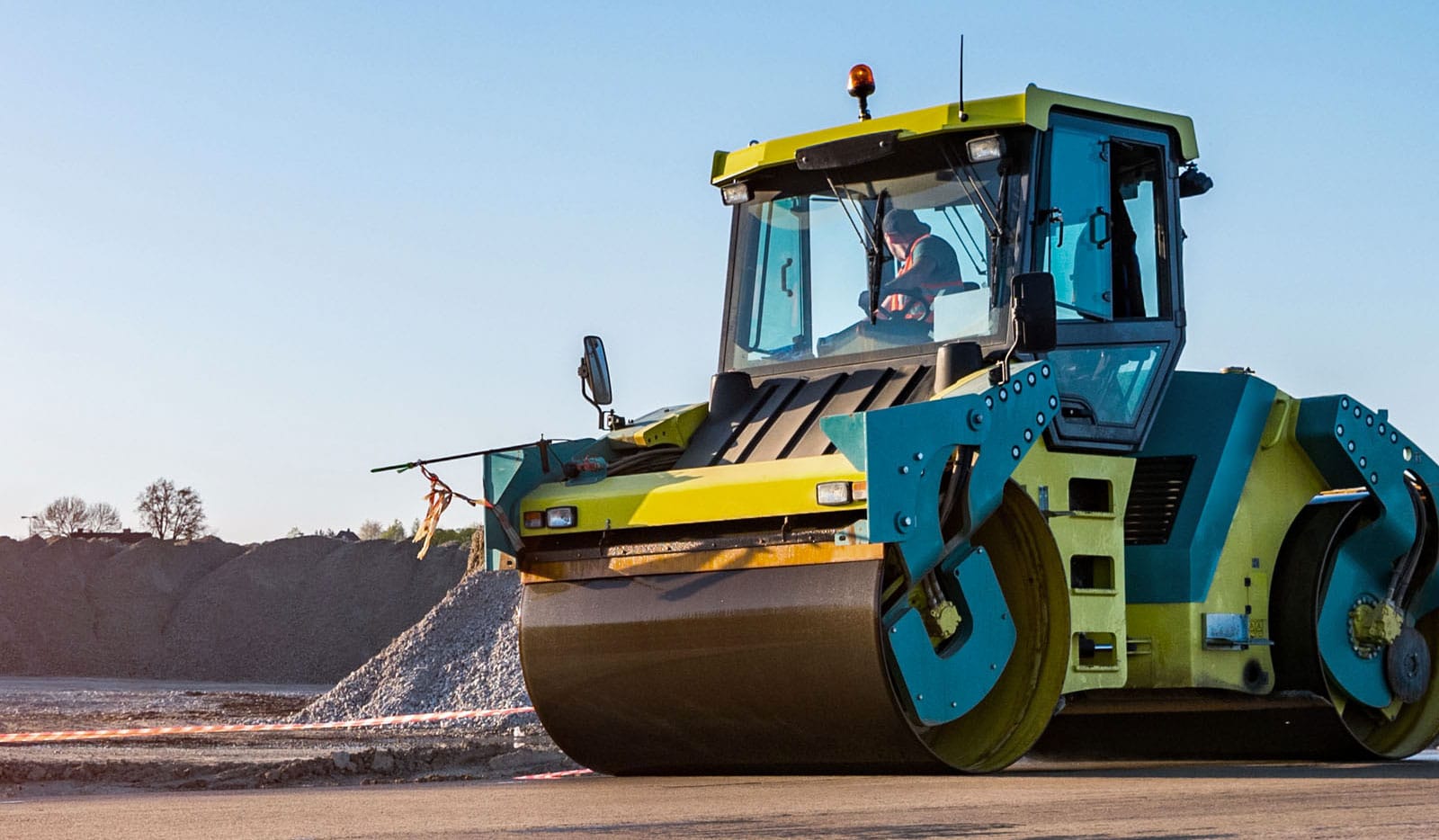In this clip Giada Rosolen, Oesse Sales Assistant, explains some easy to apply concepts on the design of a heat exchanger showing which are better than others and why.
Size, surface and shape
It is recommended to size the cooling core of a heat exchanger with a square surface to fit a larger diameter of the fan and to avoid leaving not covered space.
In order to optimize the core surface affected by the air cooling flow of the fans, it is better to use fan units with the same performance data -flow rate and pressure- and the same plenum.
Of course the fan selection depends on the available shape of the cooler.
Sucking fan vs Blowing fan
A sucking fan is preferable to a blowing fan because it requires a lower plenum thickness and ensures better cooling air distribution on the core surface.
One, two or three passages?
A standard cooler design features a single passage; the connectors are positioned diagonally on opposite sides and the inlet of the fluid to be cooled is lower down to allow a better filling of the fluid and ensure its homogeneous speed inside the cooler.
In specific applications, thanks to the flexibility of plates and bars technology, both connectors can be placed on the same side in a two passages configuration, with a small increase in cooling performance despite higher pressure drop.
Under extreme performance conditions it is also possible to supply three passages circuit with an increase of the primary fluid pressure drop.
Direction: bottom-up flow vs top-down flow
A bottom-up flow direction is preferable to a top-down flow to facilitate the filling of fluids inside the cooler.
In the vertical configuration of the channel, the ventil and drain plugs can be easily positioned while in the horizontal one their setting may be more critical.
Combi vs Sandwich
If we need to cool several circuits in the same heat exchanger, the coolers can be placed side by side in a “combi” configuration, or opposite each other in a “sandwich” configuration, to reduce the overall space.
To do this, first of all we need a smaller but more performing fan, secondly, we need to increase the thickness of the last circuit affected by the cooling flow.
For these reasons a “combi” layout is always preferable to a “sandwich2 configuration.
In addition, with the plates&bars “combi” solution we can easily connect different circuits to be cooled as oil, diesel, water and glycol, air or split a double turbo charger for engines with two turbos.
In the next clip we’ll review some case particular histories developed by Oesse.
Contact our sales staff to request more information.
to get the latest news, updates and exclusive content!
